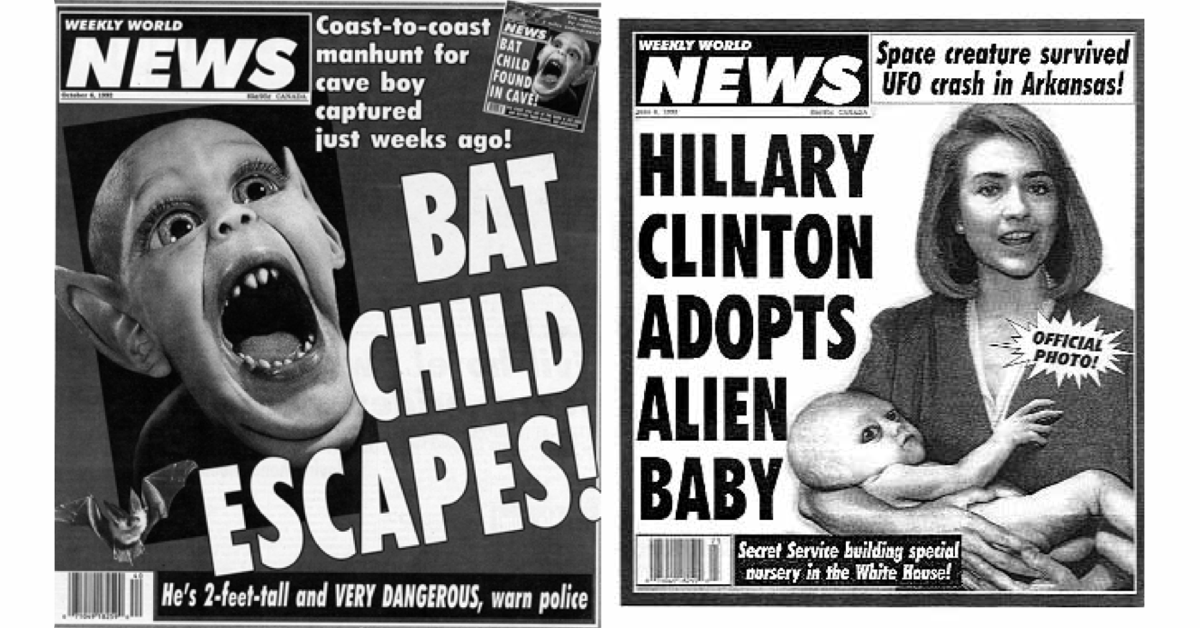Penelope Chambers
Ms. Jacobs
Reading 101-100
04/24/2018
Final Fantasy VII Advent Children
These days technology has become a distraction for many people, and movies are used to help people mentally escape from their own reality. The movie Final Fantasy VII Advent Children first debuted September 14, 2005, and was directed by Tetsuya Nomura. This animation is an action thriller, that has some science fiction added to it. It's a continuation of a video game titled Final Fantasy VII, that was internationally released October 2 1997, and the movie is set two years after the ending of the game, (http://www.jp.square-enix.com/archive/ff7_inter/).
In short, this story is about a protagonist named Cloud, along with his group of friends, who try their best to save the world from chaos. The antagonist of the story is Sephiroth, along with his followers known as remnants. Sephiroth was defeated at the end of Final Fantasy VII, but even in his death he still managed to cause a widespread plague of sorts, which was derived from his predecessor's cells. These cells would attack the immune systems of children, as their already weakened immune systems made them more susceptible for contracting the disease known as Geostigma. Cloud himself contracts the disease, which causes him pain when he tries to fight. After one of Sephiroths remnants collects a metal box containing Jenova cells, he then infuses himself with them in order to bring back the antagonist through reincarnation. Cloud fights against him alone, and without help. At the end Cloud inevitably wins, and Sephiroth goes back to the lifestream.
In the opening scene of the trailer uses all "Five Elements of a Riveting First Line," as the setting is two years after the game, the music creates a sad tone, as the protagonist's character is shown standing in a body of water holding the body of a girl, the narrator continues to speak in a sad, and omniscient manner, (Weiland 341). It's understood to people who played the game, that the girl at the beginning was murdered by the antagonist. Midway through the trailer the viewers are shown action scenes, and at the end it asks questions that the viewers might ponder to themselves. That shows that conflict is heavily incorporated in this film, and like Weiland stated, "No conflict, no story,"(Weiland 339). The first scene was a great hook, because it's already showing a death scene of a beloved character. During the beginning of the trailer, there are many new ideas being placed in the viewers head by the narrator giving new terminology that was not in Final Fantasy VII. That made the audience question what was to come as they watched the movie for the first time.
Behrens, Laurence, and Leonard J. Rosen. Writing and Reading Across the Curriculum. 13th, ed., Pearson, 2016



